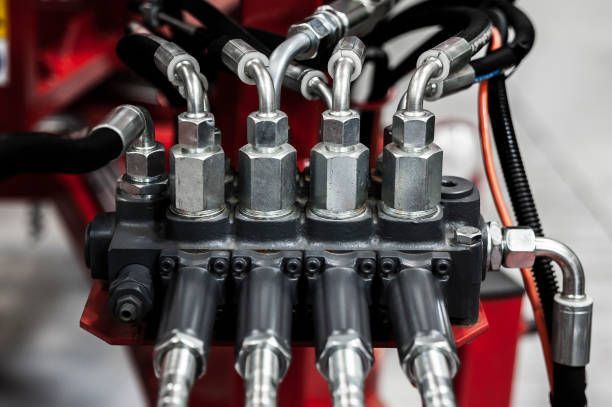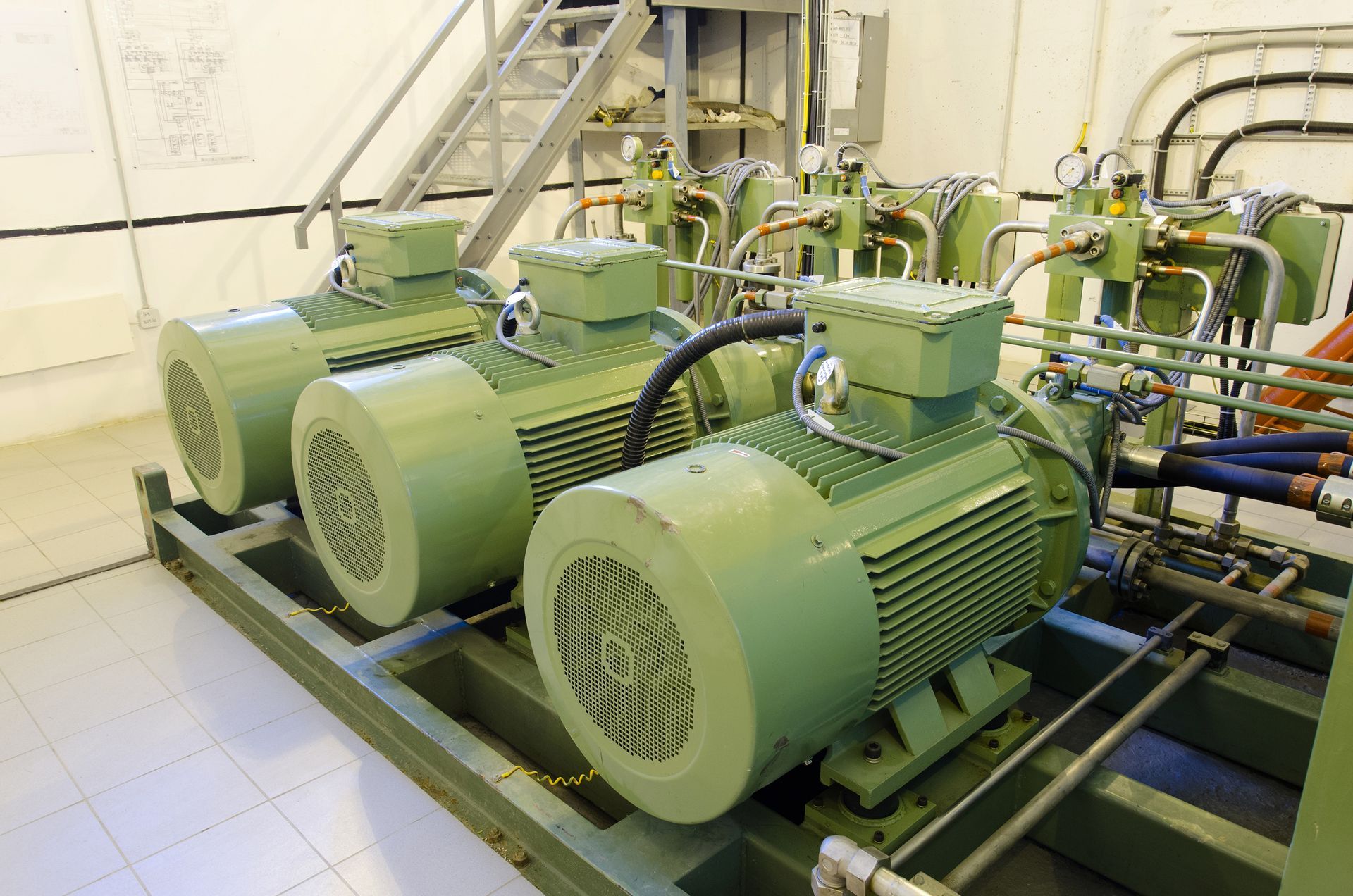5 Safety Aspects to Consider With a Hydraulic System
Hydraulic systems are convenient frameworks that can help in heavy-load work environments. However, they also present risks and hazards to workers using them. Every hydraulic system owner should understand the risks of careless use, ways to avoid injuries, and safety mechanisms and features. Consequently, consider these five aspects of hydraulic systems that will increase safety in the workplace.
1. Improper Couplings
Every hydraulic system has a specific operating environment that determines the components it will use. You cannot use low-pressure parts in a high-pressure system and vice-versa. For example, you should not install a high-pressure pump in a low-pressure system. You might risk a rupture if you interchange these parts, which will damage the system and cost you some time from work and money to fix.
2. Pinhole Leaks
Pinhole leaks are common damages that occur on hydraulic pump hoses. The pinhole leaks are usually difficult to spot and might require some ingenuity. If you are fortunate enough, you might spot oil or fluid pools near the leak section, which can help narrow down the affected area.
If you cannot find the leak, do not run your finger along the hose line without proper protection. You might risk exposing yourself to the hydraulic fluid. Since the liquid in the system is pressurized, the pinhole leak might inject some fluid under your skin and cause gangrene, which results in severe pain.
Instead, use an object like a piece of plastic or wood to discover the affected area. However, you can also call a professional technician who understands the risks and will use the right tools to find and fix the leak.
3. Manufacturer's Safety Standards
Before you can operate the hydraulic system, read the instructions and guidelines carefully. You should understand all the hazards and risks involved with the system, the recommended operation parameters, and how to activate and deactivate the system after regular use or during an emergency.
For example, a manufacturer can include the maximum load that the system can bear within normal use. To avoid wear and tear, don’t put the system under the maximum load. Also, do not override any default settings set by the manufacturer. Settings like the relief valve can help keep you safe from excess pressure within the system.
4. Placement
The position and areas you place your hydraulic system in will determine if they will create a hazard for you or other workers within your facility. You should carefully consider where you will install your hydraulic system and train employees on how they can enhance safety while operating the appliance.
For example, you should always set up your hydraulic pump system like a jack on level ground. Do not prop up the hydraulic tool with any wedged item. Instead, use a solid and flat base. Additionally, you should not place your body under any load while you propped up the object with a hydraulic or jack. You might risk injury if the jack fails.
Avoid any open fires that might compromise the hydraulic system. Instead, cover it with a fire-proof material to prevent direct contact with the flame. Place any detachable components like the hose away from dirt and debris, which can contaminate the system.
5. Maintenance
Your hydraulic system features mechanical parts that will require regular maintenance and repair. This maintenance can identify issues, such as oil leaks and degraded hoses, that might affect the operation of your hydraulic components. Maintenance will also ensure you can resolve any issues that might create a workplace hazard.
Consider Quad Fluid Dynamics, Inc., if you require hydraulic system components or complete appliances. We offer various rebuilding, manufacturing, and service solutions for industries that rely on hydraulic systems.
Contact us today to learn how we can help you.


